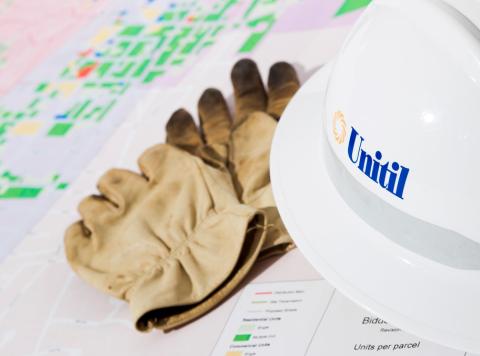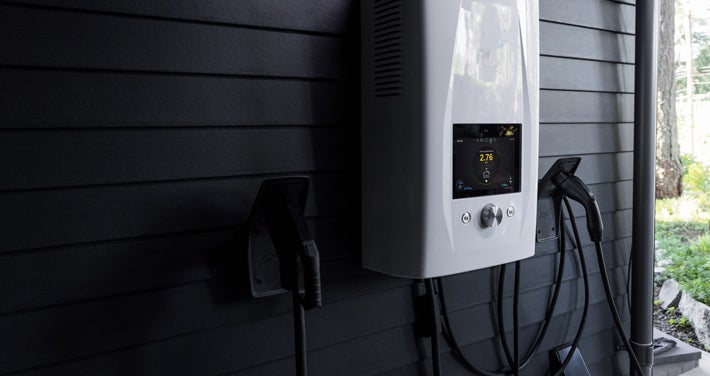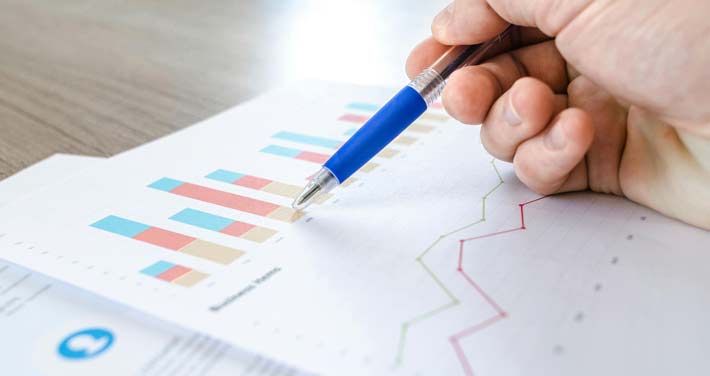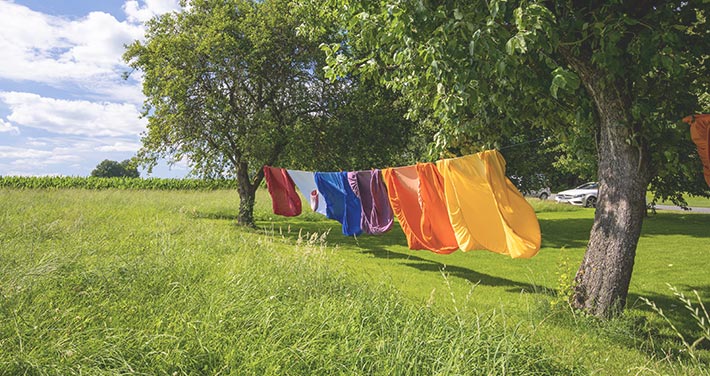Simply put, peak demand is when consumer demand for electricity is at its highest. New England is a summer peaking system, which means that we typically see the highest demand for electricity in the summer due to the increased use of air conditioning. Summer peaks typically occur in the afternoon on the hottest and most humid days. Peak demand has a significant impact on costs because the more expensive generators are needed to meet the high demand for electricity.
There are two ways one can address any disparity between supply and demand: increase supply or decrease demand. In the energy market, increasing supply would mean significant infrastructure expenditures like new transmission projects or new regional power generation options in operation for all of New England. Neither are expected to occur anytime soon.
Decreasing the demand for electricity, on the other hand, costs nothing, and small changes can have a big impact. In Unitil’s service area, peak demand occurs on the hottest days of the year, between 3 p.m. and 8 p.m. Reducing consumption during peak demand can take many forms. It can be something as simple as turning the air-conditioning thermostat up a couple of degrees or waiting until late evening to run the dishwasher.
Air-conditioning equipment is used in three-quarters of homes in the United States, at an annual cost of $29 billion to homeowners. (Source: energy.gov)
Unitil recently announced the availability of time-of-use (TOU) billing, which incentivizes customers to shift the bulk of their energy consumption to off-peak times. This program is a departure from the traditional one-size-fits-all approach to billing and gives consumers more control over their electric bills. In exchange for lower rates for off-peak energy consumption, time-of-use customers agree to pay a higher rate during the hours of peak demand.
Time-of-use billing is just one way Unitil is working to reduce peak demand. Here are some ways you can help:
- Shift the use of large appliances – such as the dishwasher and clothes dryer – to off-peak hours. Many appliances have a delayed start feature that makes this easy to do.
- Push that air-conditioning thermostat up a couple of degrees. One or two degrees might not seem like much (you may not even notice the difference), but every little bit helps.
- Avoid using the oven on summer’s hottest days, as this places an even heavier burden on your cooling system. Use the microwave or grill instead.
- Unplug any unused electronic devices, and consider installing occupancy sensors for lighting.
- Keep your air-conditioning unit in tip-top shape so it can run at peak efficiency. This includes cleaning or changing filters and keeping exterior equipment free from debris.
- If you have a pool, adjust when you run the pump to avoid peak hours.
- A programmable thermostat can minimize heating and cooling costs when you’re away from home and ensure maximum comfort upon your return.
- Replace aging appliances with ENERGY STAR® models. If your refrigerator is more than 10 years old, that’s a great place to start. As climate change continues to result in extended periods of extreme weather, a proactive approach to energy consumption will help ensure that electricity is available on demand, when it’s needed the most.
Key Takeaways
- Peak demand is a term used to describe a period of time in which consumer demand for energy is the highest.
- Reducing the impact of peak demand can be accomplished by increasing the supply of electricity or decreasing the demand for it.
- Peak demand has a significant impact on energy prices because distribution channels must be capable of delivering electricity at maximum demand levels at all times.





